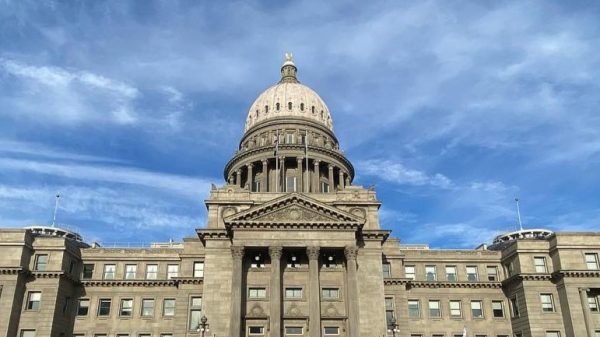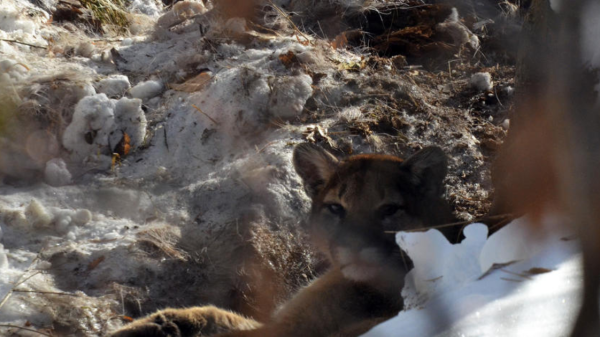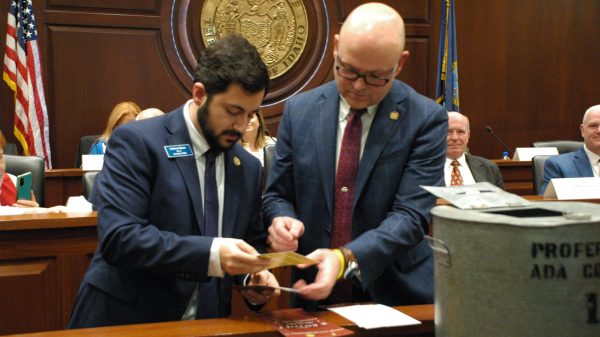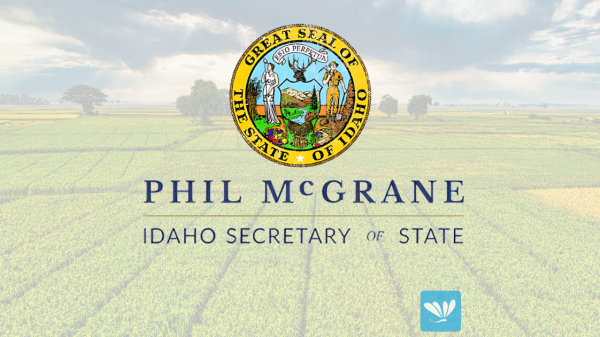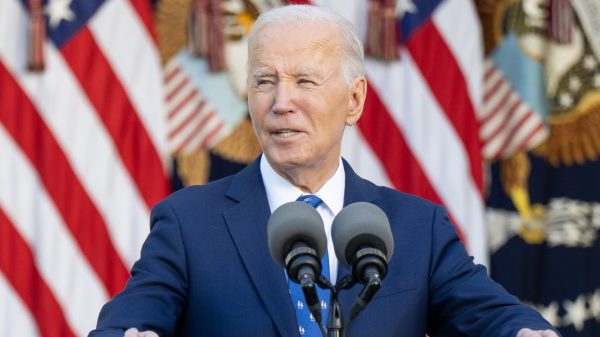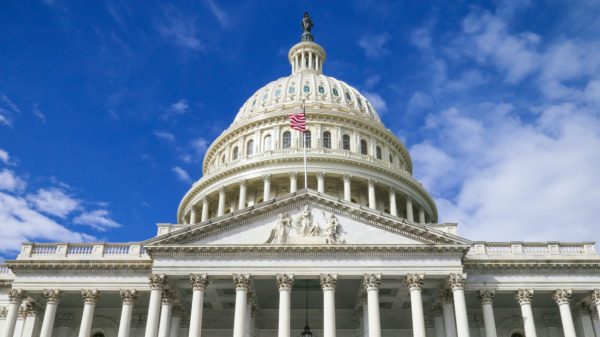The United States Fish and Wildlife Service (USFWS) announced on Feb. 2, 2024 a not-warranted finding for two petitions to list gray wolves under the federal Endangered Species Act in the Northern Rocky Mountains and the Western United States. The federal legal status of gray wolves does not change as a result of this finding.
The USFWS also announced it will undertake a process to develop a first-ever nationwide gray wolf recovery plan by Dec. 12, 2025 as well as initiate a new effort to create and foster a national dialogue around how communities can live with gray wolves. WDFW plans to engage in these processes.
This decision means that the gray wolf’s listing status under the federal Endangered Species Act will remain the same in Washington. Wolves are federally delisted in Washington east of Highway 97 from the British Columbia border south to Monse, Highway 17 from Monse south to Mesa, and Highway 395 from Mesa south to the Oregon border (the eastern one-third of the state) and are federally listed west of these highways (the western two-thirds of the state).
Today’s announcement by the USFWS does not affect the state listing status of wolves. Wolves are currently listed as state-endangered statewide in Washington. The Washington Department of Fish and Wildlife (WDFW) is currently reviewing the state status of wolves. WDFW released the Draft Periodic Status Review (PSR) for the Gray Wolf in May 2023 and plans to release the Final PSR in February 2024. The Fish and Wildlife Commission will have a briefing and public hearing on the PSR in March, followed by a decision in April.
WDFW remains committed to the recovery and long-term sustainability of Washington’s gray wolf population. WDFW will continue to work closely with partners, stakeholders, and communities, as we have over the past decade, to recover, conserve, and manage Washington wolves. WDFW and its partners are focused on reducing conflict between wolves and livestock, emphasizing proactive nonlethal conflict deterrence, and achieving statewide recovery objectives.
Since the first WDFW wolf survey in 2008, the state’s wolf population has grown by an average of 23 percent per year. The state’s minimum year-end wolf population increased for the 14th year in a row in 2022. WDFW and tribes counted 216 wolves (five percent increase) in 37 packs in Washington in 2022. Of these packs, 26 were successful breeding pairs.
Washington Gray Wolf Conservation and Management Annual Reports and other information about Washington’s wolves can be found on WDFW’s website.











